1000 Watt LED Grow Light Energy Consumption: How Much Power Does It Really Use?
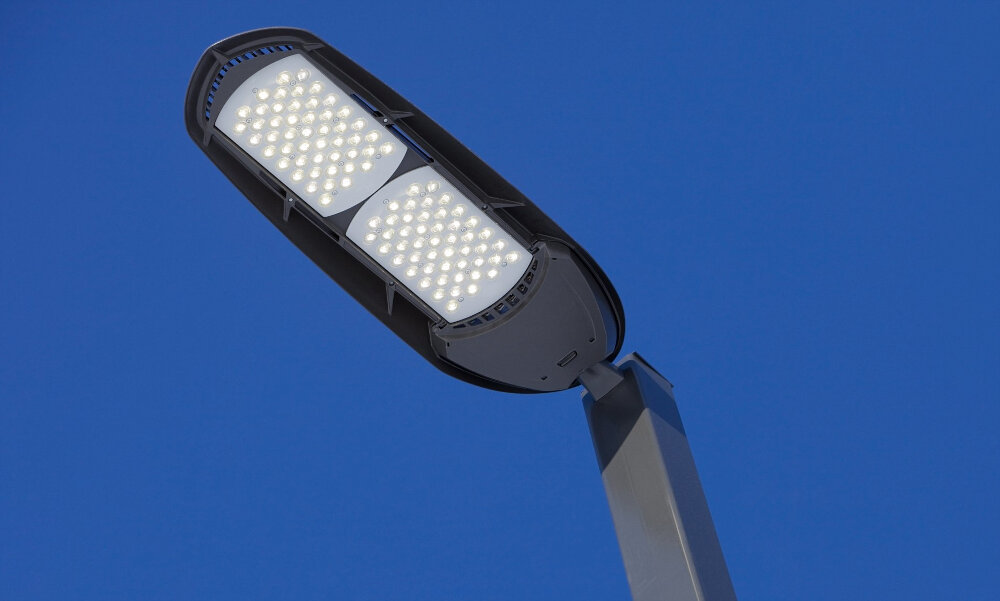
Indoor gardening has become increasingly popular in recent years, and LED grow lights have played a significant role in this trend. These lights use less energy than traditional grow lights and produce less heat, making them a more efficient and cost-effective option. However, many growers are still concerned about the energy consumption of LED grow lights, especially those with higher wattage. One of the most popular LED grow light wattages on the market is the 1000 watt LED grow light. This type of light is often used by growers with larger indoor gardens or those who want to achieve maximum yields. However, there is still much debate about how much power these lights actually use and how much impact they have on energy bills. In this article, we will explore the energy consumption of 1000 watt LED grow lights and provide some tips on how to minimize their impact on your energy bill.
LED grow lights are an innovative and energy-efficient lighting solution for indoor horticulture, providing full-spectrum light that can be customized to meet the unique needs of different plants at different stages of growth. Unlike traditional high-pressure sodium or metal halide bulbs, LED grow lights emit very little heat and consume much less electricity, making them a more sustainable and cost-effective choice for indoor gardening. LED grow lights use a combination of blue, red, and white diodes to provide a full spectrum of light that can promote photosynthesis, increase yields, and improve overall plant health. With their low energy consumption and long lifespan, LED grow lights are quickly becoming the go-to choice for home gardeners and commercial growers alike.
The importance of energy consumption in grow lights cannot be overstated. As the demand for indoor gardening and hydroponics continues to increase, so does the need for efficient grow lights that do not consume excessive amounts of energy. LED grow lights have emerged as a popular choice due to their high energy efficiency and long lifespan. However, the wattage of LED grow lights can vary significantly, and it is important for growers to understand the energy consumption of their grow lights in order to optimize their indoor garden and avoid excessive energy bills. A 1000 watt LED grow light can provide an impressive amount of light output, but it is essential to consider the energy usage and efficiency of the light in order to make informed decisions about indoor gardening.
1000 Watt LED Grow Light: What It Means
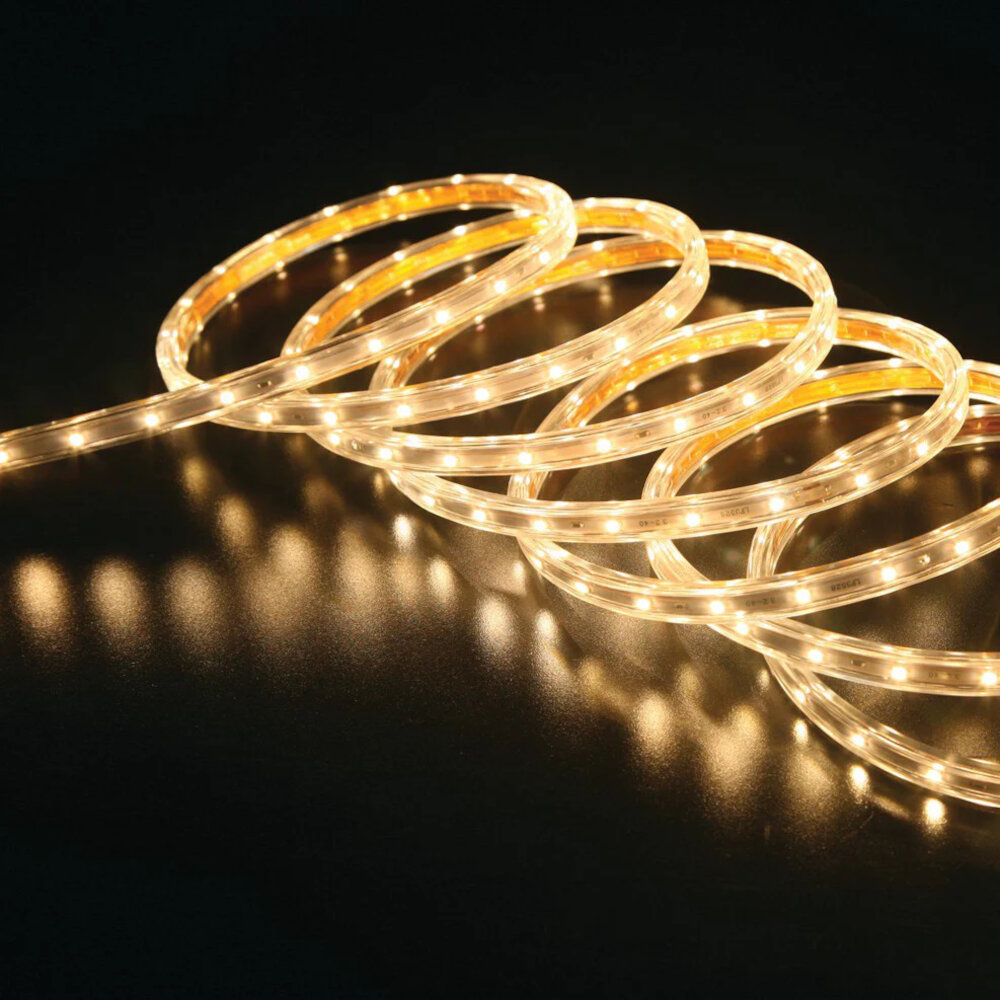
The 1000 watt LED grow light is a powerful lighting system that is designed to provide optimal light conditions for plants to thrive. This lighting fixture is commonly used in indoor gardening applications and is known for its energy efficiency and high performance. The 1000 watt LED grow light is capable of producing high-intensity light that is similar to natural sunlight, which makes it an ideal choice for growing a wide range of plants, including vegetables, fruits, and herbs. One of the most significant advantages of the 1000 watt LED grow light is its energy efficiency. LED lights use significantly less energy than traditional lighting systems, which means that they can help you save on your electricity bills in the long run. Additionally, LED lights have a longer lifespan than other lighting systems, which means that you won’t have to replace them as frequently. This not only saves you money but also reduces the environmental impact of your indoor gardening operations. With its energy efficiency and high performance, the 1000 watt LED grow light is an excellent choice for anyone looking to grow plants indoors.
A 1000 watt LED grow light is a high-powered lighting system used to cultivate indoor plants. Unlike traditional grow lights that use high-pressure sodium or metal halide bulbs, LED grow lights are more energy-efficient and provide a full spectrum of light that can be customized to different growth stages of plants. These lights use about 50% less energy than traditional grow lights, making them a popular choice for indoor growers who want to save on electricity bills. With a 1000 watt LED grow light, indoor gardeners can provide their plants with the right amount of light they need to thrive and produce high-quality yields.
When compared to other wattage options, the 1000 watt LED grow light is a highly efficient and economical choice for indoor gardening. It offers a significant improvement in energy consumption over traditional high-pressure sodium (HPS) or metal halide (MH) lighting systems, which can consume up to three times as much power. Additionally, LED grow lights have a longer lifespan and produce less heat, which means less energy is required for cooling. While there are other wattage options available, the 1000 watt LED grow light strikes a balance between energy efficiency and plant growth performance, making it a popular choice among indoor growers.
Energy Consumption of a 1000 Watt LED Grow Light
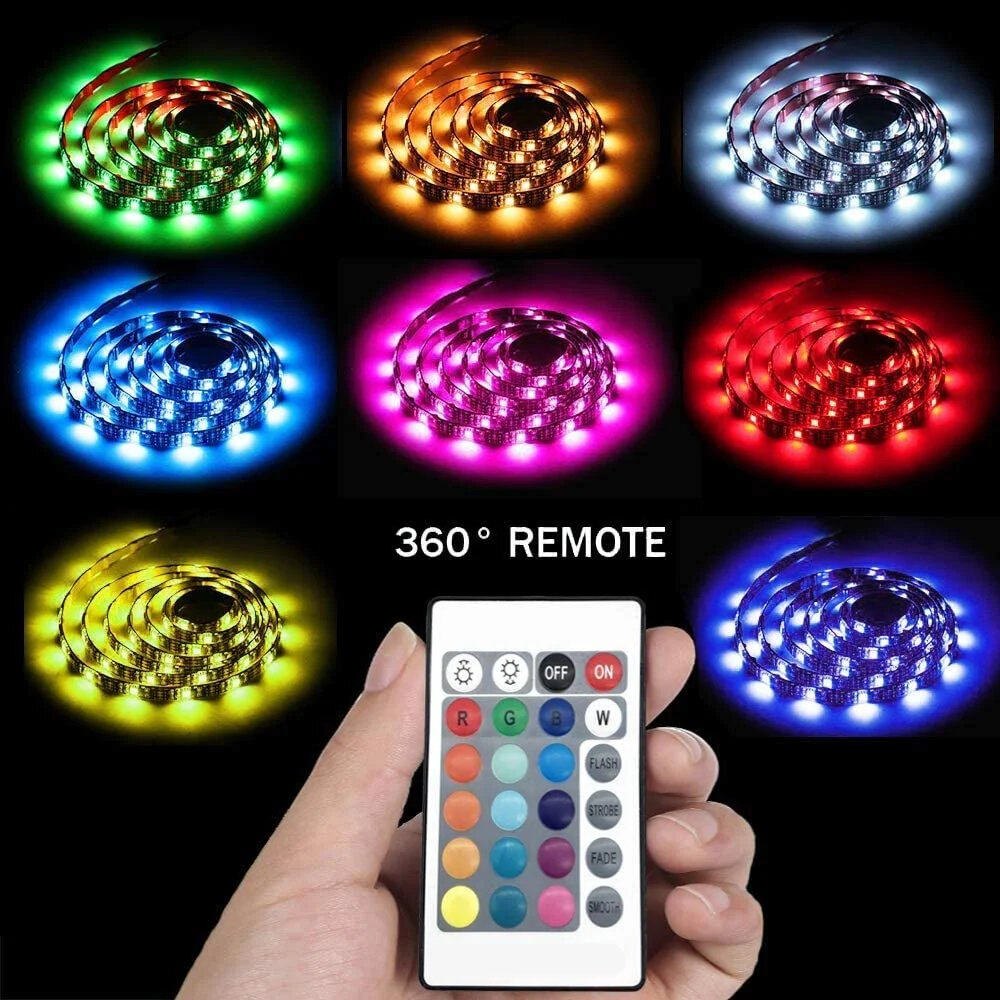
When it comes to indoor gardening, LED grow lights have become a popular choice due to their energy efficiency and cost-effectiveness. A 1000 watt LED grow light is capable of producing a high level of brightness and intensity, making it ideal for large-scale indoor cultivation. However, many growers are concerned about the energy consumption of these lights and how much power they actually use. A 1000 watt LED grow light typically consumes around 500-600 watts of actual power, which is significantly lower than traditional HID grow lights. This means that the light can provide optimal growing conditions while consuming less energy, which not only saves on electricity bills but also reduces the overall carbon footprint. Additionally, LED grow lights have a longer lifespan compared to other types of grow lights, meaning they need to be replaced less frequently, further reducing the environmental impact. Overall, the energy consumption of a 1000 watt LED grow light is relatively low, making it an ideal choice for indoor growers who want to minimize their energy usage and costs.
The actual power consumption of a 1000 watt LED grow light varies depending on its efficiency, quality, and mode of operation. While a 1000 watt LED grow light is advertised as using 1000 watts of power, the actual power consumption can range between 400 and 750 watts, depending on the quality of the LED chips and the driver used. The efficiency of the cooling system and the mode of operation (e.g., dimming or full power) also play a role in determining the actual power consumption. Therefore, it is important to do thorough research and read reviews before investing in a 1000 watt LED grow light to ensure that you are getting a high-quality and efficient product that will save you money on energy bills in the long run.
Compared to other types of grow lights, 1000 watt LED grow lights are highly energy-efficient and cost-effective in the long run. LED grow lights consume less power, generate less heat, and emit less radiation than traditional HPS or HID lights. Furthermore, LED lights last longer, require less maintenance, and provide a broader spectrum of light that is beneficial for plant growth. While the initial cost might be higher, the savings on energy bills and maintenance costs make LED grow lights the best option for indoor gardening. With advanced technology and innovative designs, 1000 watt LED grow lights are becoming increasingly popular among growers and are proving to be a reliable and sustainable choice for indoor plant cultivation.
Factors Affecting Energy Consumption
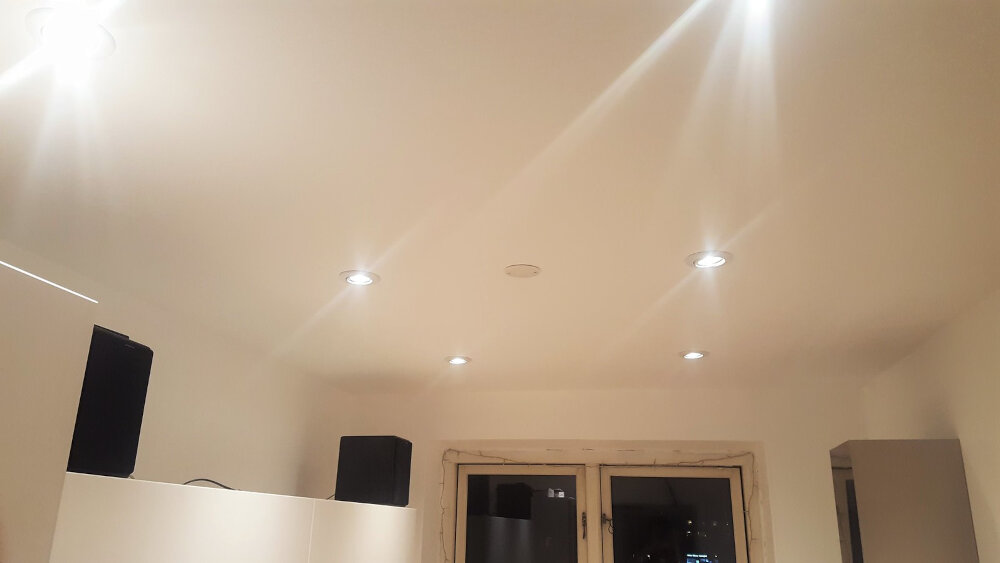
Energy consumption is a critical factor that affects the efficiency of any electrical appliance, including LED grow lights. Several factors impact the energy consumption of a 1000 Watt LED grow light. One of the most prominent factors is the quality of the LED chips. High-quality LED chips are more energy-efficient and consume less power than low-quality ones. Additionally, the number of LED chips and the wattage of each LED chip also play a vital role in determining the energy consumption of the grow light. A higher number of LED chips with a higher wattage can lead to a higher energy consumption rate. The cooling system of the LED grow light is another significant factor that affects energy consumption. LED grow lights with efficient cooling systems consume less energy as they dissipate heat effectively, reducing the need for additional energy to cool down the system. On the other hand, LED grow lights with inefficient cooling systems require more energy to maintain a stable temperature, leading to higher energy consumption. Other factors that impact energy consumption include the input voltage, the operating temperature, and the duration of usage. By taking these factors into account, growers can optimize the energy consumption of their LED grow lights and reduce their electricity bills while achieving their desired growing results.
The energy consumption of a 1000 watt LED grow light can be affected by several factors, such as the quality of the light, the duration of its use, the size of the growing area, and the ambient temperature. A high-quality LED light can be more energy-efficient and provide better results than a low-quality one. The duration and frequency of use will also impact energy consumption. If the light is used for longer periods or more frequently, it will consume more energy. The size of the growing area is also a crucial factor, as larger areas require more powerful lights and, thus, more energy. Finally, the ambient temperature can affect energy consumption, as the light may require more power to maintain a consistent temperature in colder environments.
Growers can optimize energy usage by implementing various strategies such as utilizing energy-efficient grow lights, controlling humidity and temperature, using reflective materials to maximize light reflection, and adopting a suitable light schedule for plants. Energy-efficient LED lights have become increasingly popular due to their low energy consumption, long lifespan, and high light output. In addition, growers can make use of advanced environmental control systems to monitor and adjust temperature and humidity levels in real-time, which can optimize plant growth while minimizing energy usage. By adopting these approaches, growers can not only reduce their energy consumption but also enhance plant growth and yield.
Cost of Running a 1000 Watt LED Grow Light
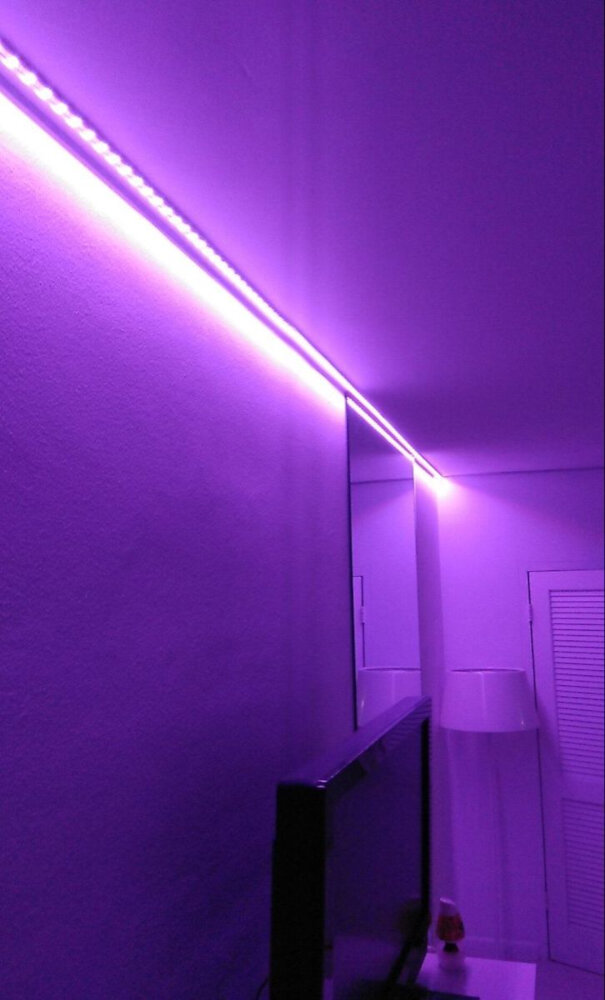
When it comes to growing plants indoors, using LED grow lights is an efficient and cost-effective option. However, one of the primary concerns for indoor growers is the cost of electricity. A 1000 watt LED grow light can consume a significant amount of electricity, which can impact your monthly energy bill. On average, a 1000 watt LED grow light will consume around 1 kWh per hour of use. This means that if you use the grow light for 12 hours per day, you can expect to use around 12 kWh of electricity per day, or 360 kWh per month. The cost of running a 1000 watt LED grow light can vary depending on your location and the cost of electricity in your area. However, on average, the cost of electricity in the United States is around $0.13 per kWh. This means that if you use a 1000 watt LED grow light for 12 hours per day, you can expect to pay around $1.56 per day in electricity costs, or $46.80 per month. While this may seem like a significant cost, it is important to consider the benefits of using a 1000 watt LED grow light, such as increased plant growth and yield, as well as the long-term cost savings compared to traditional grow lights.
When it comes to indoor gardening, one of the most crucial aspects is providing the plants with sufficient light. Although LED lights are known to be more energy-efficient than traditional lighting options, it’s important to consider the cost of running them. A 1000 watt LED grow light can consume a significant amount of energy, which ultimately translates to higher electricity bills. On average, a 1000 watt LED grow light can cost around $0.10 to $0.20 per hour to run, depending on various factors such as electricity rates and the number of hours it’s in use. However, investing in a high-quality, energy-efficient LED grow light can help save money in the long run by reducing energy consumption and increasing plant growth and yield.
Growers can reduce energy costs by implementing energy-efficient practices such as using LED grow lights instead of traditional HID lights, optimizing the use of natural sunlight, improving ventilation and insulation, and using energy-efficient climate control systems. LED lights use less energy and produce less heat, which reduces the need for additional cooling systems. Additionally, using natural sunlight or adjusting the lighting schedule to mimic natural light can significantly reduce energy consumption. Growers can also invest in high-quality insulation to retain heat during colder months and minimize the need for heating systems. By implementing these energy-saving techniques, growers can significantly reduce their energy costs and make their operations more sustainable.
The article \1000 Watt LED Grow Light Energy Consumption: How Much Power Does It Really Use\ explores the energy consumption of LED grow lights commonly used in indoor gardening. The author notes that while these lights are marketed as energy-efficient, the actual power usage varies based on factors such as the quality of the light, the type of plants being grown, and the size of the growing area. The article provides a detailed breakdown of the energy usage of various LED grow lights, including the 1000 watt model, and concludes that while LED lights are generally more energy-efficient than traditional lighting options, it is important for growers to carefully consider their energy needs and usage habits to ensure that they are maximizing their efficiency and minimizing their environmental impact.
For growers who want to optimize their energy usage and reduce costs, there are a few recommendations to consider. Firstly, using LED grow lights that are energy efficient can be a great way to save on electricity bills. These lights use less power than traditional lighting methods, and can still provide the necessary light for plant growth. Additionally, implementing a smart control system that can turn off lights when they are not needed, or adjust the light intensity based on the plant’s needs, can help to reduce energy usage. Another option is to use natural lighting as much as possible, such as positioning plants near windows or using reflective surfaces to redirect sunlight. Lastly, ensuring that the grow room is well-insulated and properly ventilated can help to regulate temperature and reduce the need for heating or cooling systems, ultimately reducing energy consumption and costs.
Conclusion
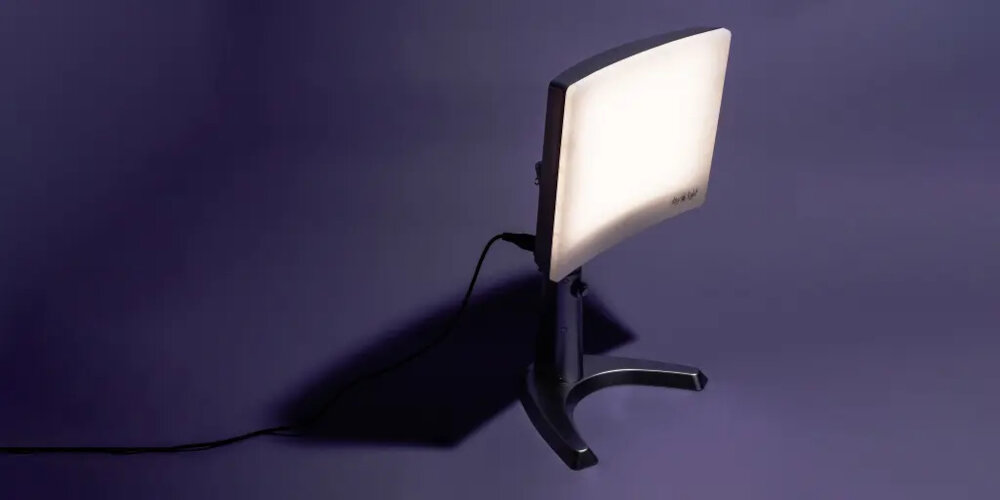
In conclusion, the energy consumption of a 1000 watt LED grow light is dependent on various factors such as the brand, model, and usage. While a 1000 watt LED grow light may seem like a high energy consumer, it actually uses significantly less power than traditional HID grow lights. In addition, using energy-efficient grow light fixtures and implementing proper lighting schedules can further reduce energy consumption. It is important for growers to consider the long-term benefits of energy efficiency, not only for cost savings but also for environmental sustainability. With the right approach, a 1000 watt LED grow light can be an efficient and effective lighting solution for indoor gardening.




